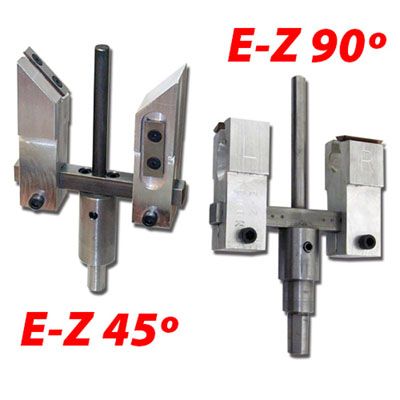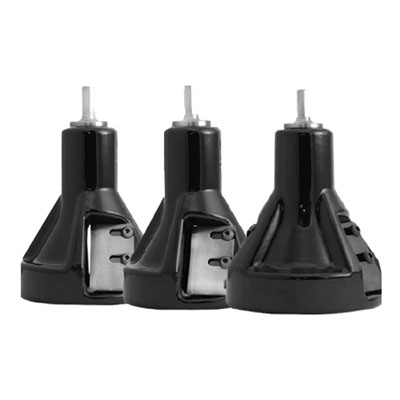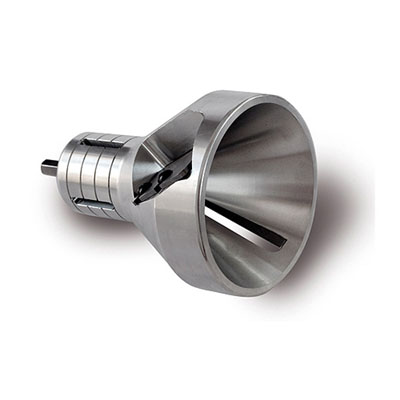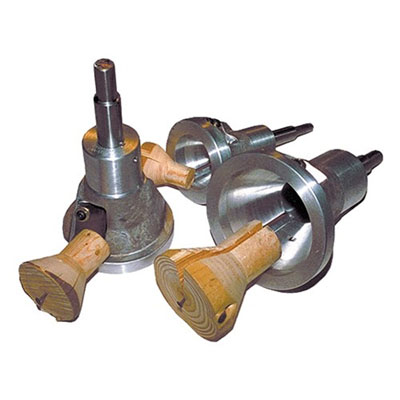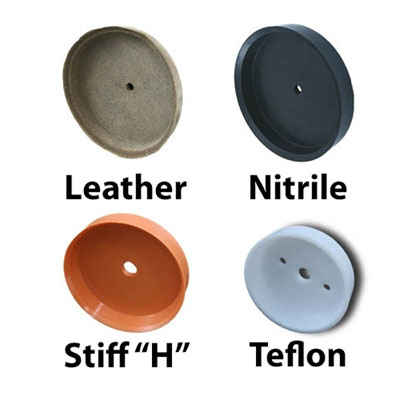Rustic log furniture is increasing in popularity, and many
people are opting to build DIY log furniture and railings at their own cabin or
home. There are a number of options available when choosing a
tenon cutter. There may be other brands available on the market, but this
comparison will focus on
E-Z Tenon Cutter, Lumberjack Tenon Cutters, and
Northwest Manufacturing Tenon Cutters. Scope, Style, and Size are three
considerations you may use to help choose the right tool:
-Scope
The first consideration is the scope of work or project. If
there is a plan to make log railings or furniture as a business venture, then
purchasing a higher quality but more expensive tool may be the right choice. If
this is just a weekend project at home and the tool may seldom be used again, then
a minimal investment would be preferable.
Weekend
project:
Lumberjack Home Series, Lumberjack Commercial Series, or E-Z Tenon
Cutter
Mid-range
value:
Lumberjack Industrial Series or Lumberjack Pro-Series
In it for the long haul:
Northwest Manufacturing Tenon Cutter
Important to note is that all the tenon cutters have blades that can be both sharpened and replaced. So regardless of which brand is chose and how much wear-and-tear the tools actually get, it's possible to keep the cutting edge sharp with blade honing and eventual blade replacement.
-Style
The profile style a tenon cutter leaves on the wood stock can
vary by brand and series. Some people prefer to see the two logs butt directly
against one another, while others prefer to see the taper from the full stock
down to the tenon peg inserted into the other log.
90º:
E-Z Tenon Cutter 90
60º:
Lumberjack Commercial Series, Lumberjack Industrial Series
45º:
E-Z Tenon Cutter 45
Radius/Radius Shoulder: Lumberjack Home Series, Lumberjack Pro-Series
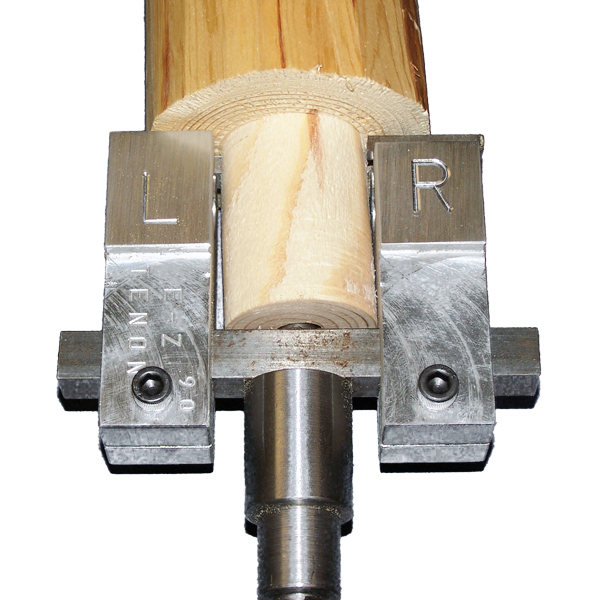 |
| 90-degree shoulder (E-Z 90 shown) |
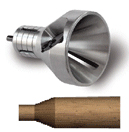 |
| 60-degree taper (Industrial Series shown) |
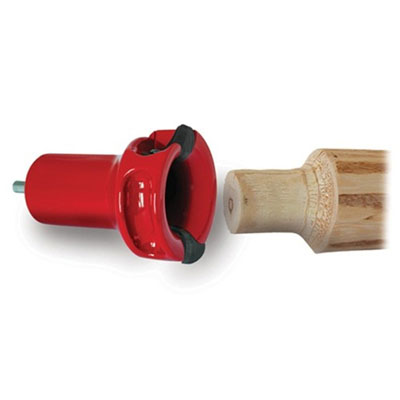 |
| Radius Shoulder (Home Series shown) |
It should be noted that while many people leave the
60
º or 45
º taper visible for aesthetic purposes, some prefer to use
a
countersink. Tenon Cutter Countersinks are used to cut the funnel shaped impression into the post after drilling with a
self-feed bit,
to accept the taper of the log rail. This permits the ability to obtain
tighter fits on furniture or to give a stronger shoulder fit on rails.
-Size
The size of the wood stock and the desired size of the tenon
are two considerations when choosing a cutter. If one was to pick just
one size of tenon cutter, 1-1/2” is probably most versatile. For most furniture
having a 1” and a 2” tenon cutter would be preferable. Some projects with
larger or smaller logs might require larger or smaller tenon cutters.
The E-Z Tenon Cutter gives an adjustable option to get a
variety of sizes out of one tool. With other tenon models, you would want one,
two, three, or more tenon cutters to use for cutting different components of the
log project.
-Summary
Most of the tenon cutters on the market will have options of
size to fit the project. The three considerations listed above, plus a summary
of each tenon cutter brand listed below may help to narrow your choice:
Pros: Adjustable tool that can cut a variety of sizes (1” – 2-1/2”).
Dual blade for 90º model. Comparatively inexpensive.
Cons: Requires an extra step of drilling a 3/8” pilot hole. The
final product may be a rougher cut and require some sanding. Single blade on
45º model.
Pros: Inexpensive option. Self-centering
design. Dual blades that cut twice as fast as ordinary tenon cutters and
generate less heat for long lasting service. Blades of hardened steel. 1/2 inch
steel shank is threaded for easy replacement. Lifetime warranty for body and
shank. Blades are covered for 90 days from the date of purchase for breakage under
normal working conditions.
Cons: No IN-SIGHT measurement system (viewing slot on side) to
monitor length of tenon or to insert quick-stop bolt. Fewer size options.
Pros: Self-centering
design. Dual blades that cut twice as fast as ordinary tenon cutters and
generate less heat for long lasting service. Blades of hardened steel. 1/2"
steel shank is threaded for easy replacement. Patent pending IN-SIGHT
measurement system of slots and radial grooves at 1/2" intervals for
measurement of tenon length during cutting. Lifetime warranty for body and
shank. Blades are covered for 90 days from the date of purchase for breakage
under normal working conditions.
Cons: Higher cost than Commercial Series
or Home Series.
Pros: High quality construction, long lasting. Adjustable shaft to allow custom sizing of the length of the tenons. Two
high carbon steel blades.
Cons: Higher cost. Larger drill (3/4") required for some sizes.
The details given should help to make a choice when selecting the right tenon cutter for the work being done. If there are any other questions about choosing or using a tenon cutter, give us a call at 1-800-359-6614, or contact us through our website
here.
Schroeder Log Home Supply, Inc
www.loghelp.com
1-800-359-6614




